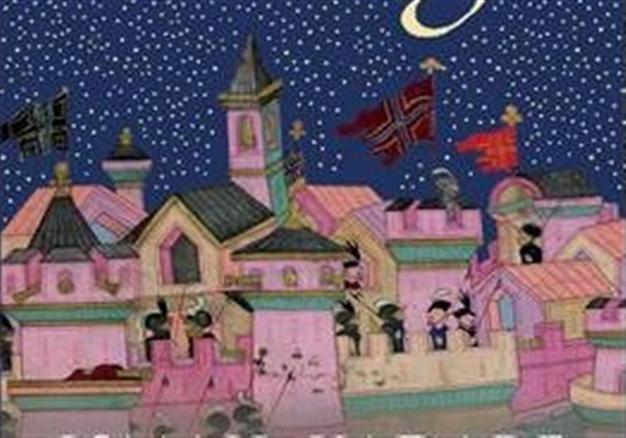Ismail Kadare’s ‘The Siege’
William Armstrong - william.armstrong@hdn.com.tr
 'The Siege' by Ismail Kadare (Canongate, 1970/2008, 20TL, pp 330)
'The Siege' by Ismail Kadare (Canongate, 1970/2008, 20TL, pp 330)“The Siege” is one of four novels by the great Albanian novelist Ismail Kadare dealing with his native country’s Ottoman past. It tells the story of an attempt by the Ottoman army to conquer an unidentified town in Albania at some point in the first half of the 15th century. A lone hilltop settlement stands in resistance, surrounded by desolate plains and bleak mountains, at the foot of which the vast Ottoman forces have assembled to prepare the attack. Almost the entire story is narrated from within the Ottoman camp, through figures including the pasha commanding the army, the head astrologer, the mufti, the quartermaster general, the architect, assorted Janissary soldiers, and the siege’s official chronicler, Mevla Çelebi. The army’s first attack fails in its attempt to use overwhelming brute force; it then tries tunneling under the defensive walls; followed by the less conventional plan to launch diseased rodents over the walls; and finally by the cutting off of the besieged fortress’s water supply. Eventually, autumn rain arrives, satiating the defenders and leading the defeated Ottoman army to retreat, after which the unsuccessful pasha kills himself.
None of the above is a plot spoiler. Original readers of this 1970 novel would have known from the beginning that the siege was bound to fail, as the Ottomans are opposed in it by the Albanian national hero George Castrioti, or Skanderberg. Skanderberg was known as a fearless defender of his country in the name of Christendom until his death in 1468, and the Ottoman Empire didn’t in fact conquer Albania until later in the 15th century. However, Kadare has previously declared that this is not in fact a “historical novel” at all; rather, it is mostly read as a step back into history to reflect on Soviet Albania under the brutal dictatorship of Enver Hoxha. As so many artists before and since, Kadare uses creative allegory - with multiple layers of meaning for self-preservation - to say what would otherwise have been unsayable. As he has stated elsewhere, “open opposition” to the state at the time “was simply impossible.”
I’ll freely admit that the weird little corner of Europe that is Albania isn’t my specialist subject, but the way that the Ottoman Turks are used to indirectly criticize the Hoxha regime is certainly worth noting here. The attackers are orientalized as cruel, colorful, splendid, and inhumane; but rather than simply being a case of nationalistic point-scoring, this is in fact an imaginative way to refer back to Hoxha’s brutal regime. After the failed initial raids, the pasha establishes an elaborate spy network to discover who cast an alleged “spell” on the fortress. An atmosphere of fear then takes hold of the camp, with show trials established to condemn the guilty to waste away digging in “the tunnel.” Reinforcing this parallel is the anachronistic “modern” dialogue that is used throughout, and the fact that the cardboard Ottoman army is presented in an epic, deliberately non-specific way. Thus, even a self-admitted novice on Soviet Albania like myself can see that the Ottoman forces are used merely as a prism through which to allude to the Soviet system.
Kadare doesn’t betray a trickiness that someone like Pamuk or Borges would probably bring to such material, but he still laces it with humor and a keen eye for the absurd. The publisher tries gamely on the jacket to extract a “clash of civilizations” tale out of it, but that's a real stretch. Still, describing “The Siege” as a fictional meditation on Soviet Albania under Enver Hoxha probably wouldn’t make much commercial sense.
Notable recent release

‘Gulen: The Ambiguous Politics of Market Islam in Turkey and the World’ by Joshua D. Hendrick
(New York University Press, $49, pp 304)










